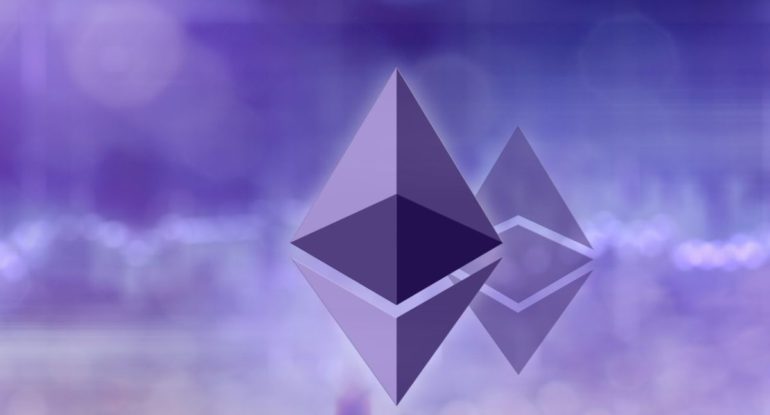Everything you need to know about Ethereum’s difficulty bomb

One of the most anticipated events in the cryptosphere is Ethereum’s transition from the proof-of-work (PoW) consensus mechanism to the proof-of-stake (PoS) consensus mechanism. While enhancing the processing efficiency of the blockchain, the shift will minimize energy usage and gas fees. The difficulty bomb on Ethereum is a crucial aspect of the PoS shift. However, given the developer’s recent decision to postpone the difficulty bomb, we may have to wait a bit longer for the changeover.
Why is it the case? To answer that, we need to first understand what a difficulty bomb is and why it’s so important for Ethereum’s PoS transition.
What is the Ethereum Difficulty Bomb, and how does it work?
Since 2015, the ‘difficulty bomb‘ has been a code embedded in the Ethereum protocol. It’s programmed to run once a certain amount of blocks have been mined and added to the blockchain. As the name implies, mining on the existing PoW blockchain is much more difficult.
Over time, transaction validation gets progressively more difficult, approaching infinite difficulty. As a result, the gap between the benefits gained and the energy expended continues to widen till the time when mining is no longer profitable.
What is the significance of the difficulty bomb?
Miners will abandon the previous PoW version of the blockchain in favor of the new PoS consensus method as a result of the increased difficulty. Miners may choose to stay on the previous PoW method without this deterrent, thus ‘forking’ the blockchain into two chains, each having its own consensus mechanism.
Why has the difficulty bomb been postponed?
Since the protocol swap, the Ethereum difficulty bomb has been postponed five times. When the difficulty bomb is used, it signals that the ‘Merge’ is nearing completion and could occur at any time. The ‘Merge’ is an event in which Ethereum’s PoW blockchain and the new PoS blockchain are joined.
Last week, Ethereum engineers replicated the Merge on the Ropsten testnet as a “dress rehearsal” to see if there would be any complications when it went live on the mainnet. Core devs have agreed to postpone the implementation of the difficulty bomb until August 2022, based on the results and discoveries from the test merge.
Last month, Vitalik Buterin, the co-founder of Ethereum, indicated that if the team required additional time to fix the flaws, the difficulty bomb might be delayed until September or October 2022.
Furthermore, Ethereum core engineer Tim Beiko informed Bloomberg that the Merge might not be completed in 2022 by a 1 to 10% possibility. As a result, it’s common knowledge that a delay in the difficulty bomb means the Merge will take longer than intended. Ethereum cannot make mining more difficult without also providing nodes with a more viable alternative, namely staking.
On the other hand, when devs discussed the bug discovery on June 10th, 2022, they stated that delaying the difficulty bomb would not cause the Merge to be delayed.
Another Ethereum core developer, Ben Edgington tweeted shortly after the call, “As a result, the Ethereum difficulty bomb will be delayed. We believe it will not cause the Merge to be delayed. I honestly hope this is not the case. Every additional week on PoW results in over one million tonnes of CO2 emissions.”
🧊 Gray Glacier Upgrade Announcement 🧊
At block 15,050,000, the Ethereum network will undergo the Gray Glacier fork to push back the difficulty bomb, *hopefully* for the last time ever 😁
If you run a node or validator, make sure to upgrade 🔜!https://t.co/wmPqzQSgL7
— Tim Beiko | timbeiko.eth 🐼 (@TimBeiko) June 16, 2022
In the same Bloomberg interview, Beiko said that developer fatigue is a valid risk if the Merge is rushed without delaying the difficulty bomb. “If we do postpone it, I believe it should be a reasonable delay to preserve a sense of urgency,” Beiko added. “However, too much pressure might lead to team burnout, which is a situation we don’t want to be in.”
Comments are closed.



























































